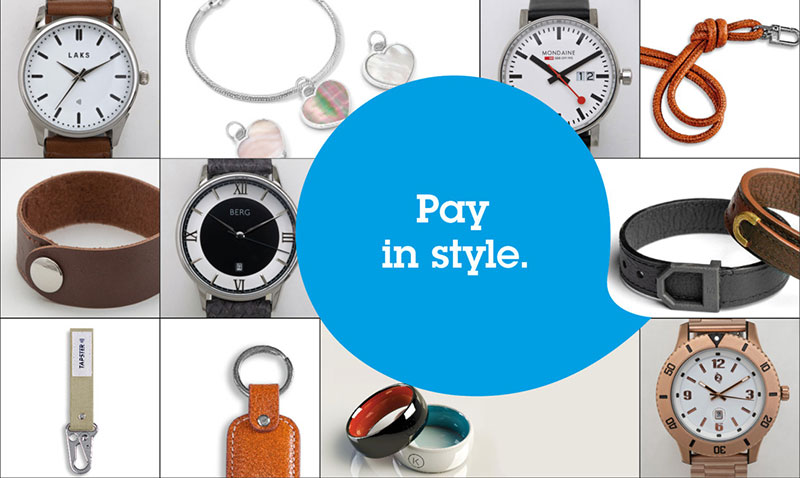
Fueled by the pandemic, the contactless payment systems boomed in 2020. Now, experts are saying that 2021 will be a pivotal year for contactless payments, pushing more consumers to swap their cash and cards for safer contactless payment options.
Read more Contactless Payment Systems On The Rise Amid COVID-19 Pandemic
As per the report published by Fior Markets, the global wearable payment device market is expected to grow from USD 10.35 Billion in 2020 and to reach USD 80.39 Billion by 2028, growing at a CAGR of 29.8% during the forecast period 2021-2028.
Wearable contactless payment devices like smartwatches, smart rings, key fobs, etc. are directly associated with the customer’s bank accounts and work like a regular debit card, making purchases at any merchant store that sustains contactless transactions. This tap-and-go payment method provides retailers and vendors with additional secure and error-free payment methods.
KBC became the first bank insurer in Belgium to offer their customers payments via wearables like smartwatches, bracelets, key fobs, or smart rings.
Towards the end of 2018, KBC called for customers to take part in a year-long pilot project to test this innovative way of paying, reports pyments. Over 10,000 KBC customers expressed an interest, of whom 1000 eventually spent a year using a wearable – a fashionable accessory such as a ring, bracelet, watch, or keyring – fitted with the same technology as a contactless payment card. That wearable was linked to their KBC Debit Card.
“Wearable payments address one need above all else: convenience,” according to the Smart payments association (SPA). “Paying for goods and services with a simple flick of the wrist is infinitely faster and easier than by handing over cash, or even tapping in a pin number. And while the difference may be relatively slight, wearables offer greater convenience than even contactless cards and mobile payment apps — removing the need to fumble with a wallet, purse, or phone.”
Read more Keyble – The World’s First Wearable With Fingerprint Authentication for Contactless Payments
Verónica Martin of wearables firm and SPA member Giesecke + Devrient, commented: “Smartwatches are attractive devices, but they also come with a high price tag that can put them out of reach for many consumers.” Martin noted, “Rings, payment bands, and other wearable payment solutions tend to be much more affordable and will help to drive mass market appeal as well as meeting multiple different use cases.”


